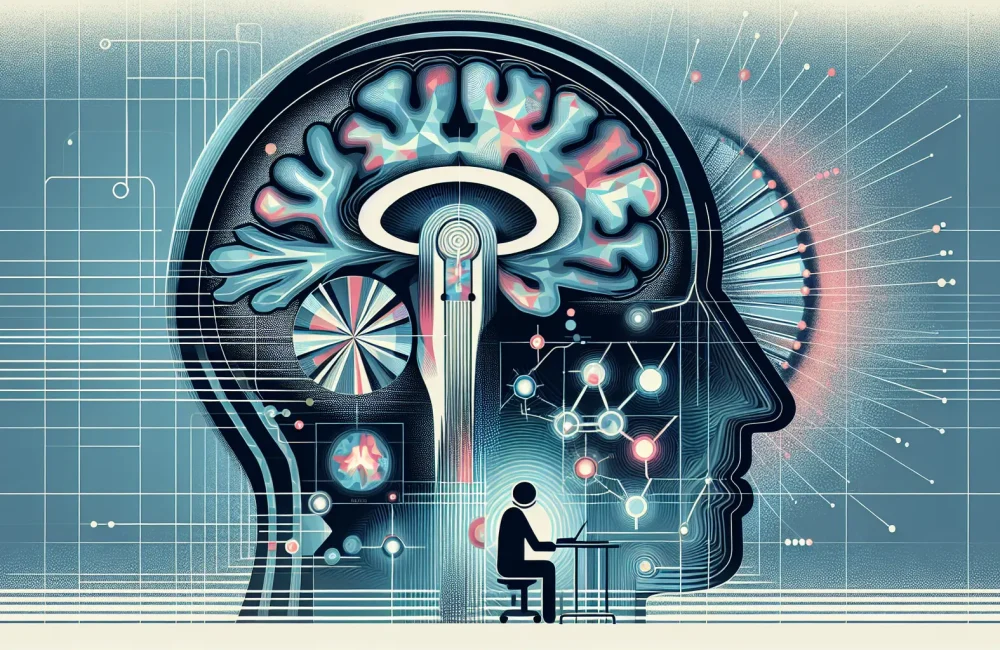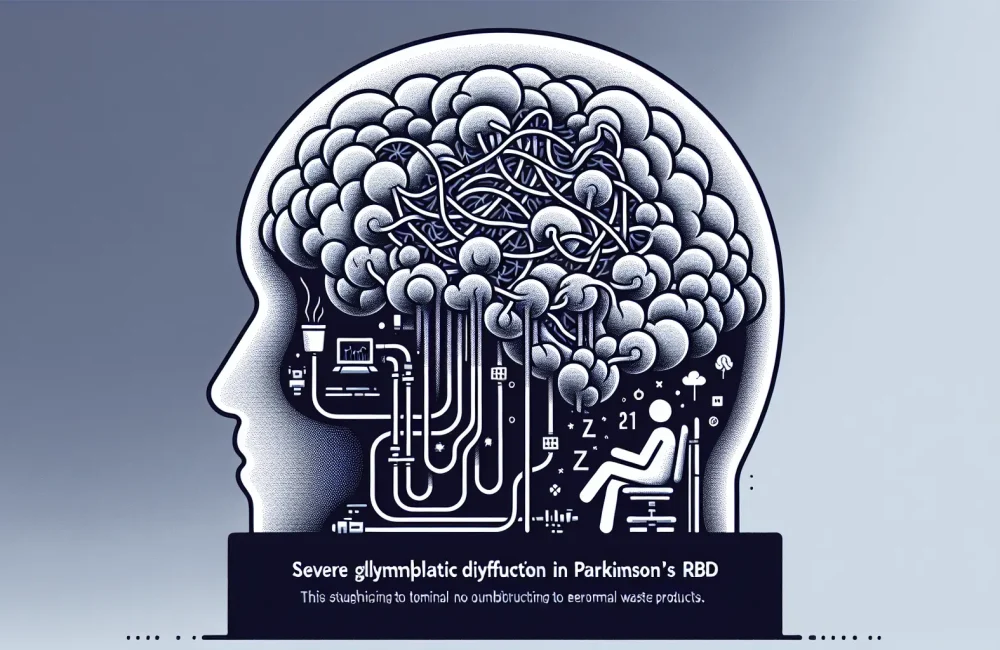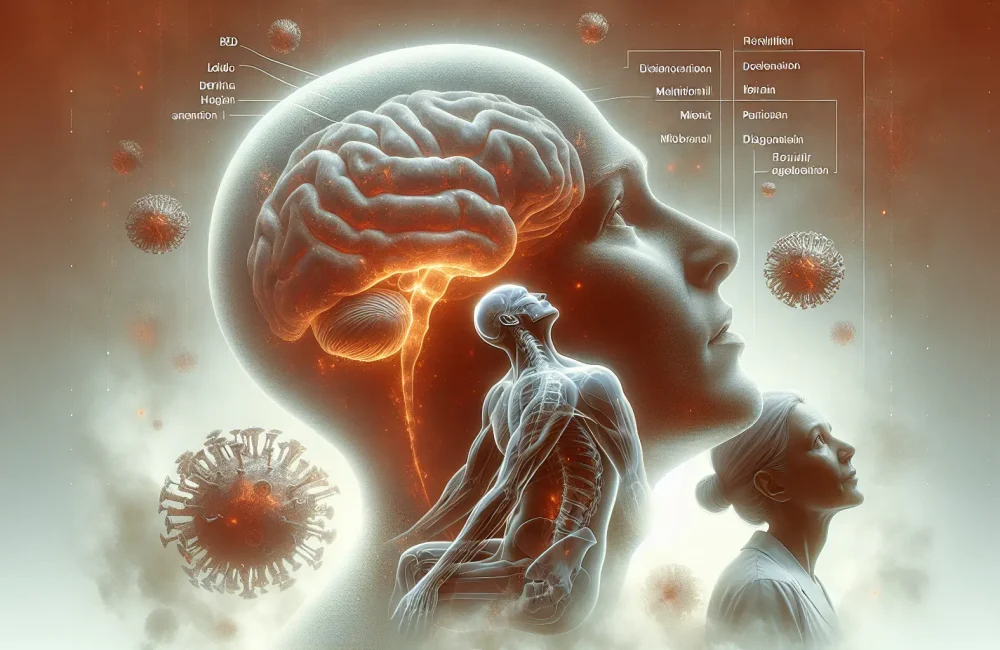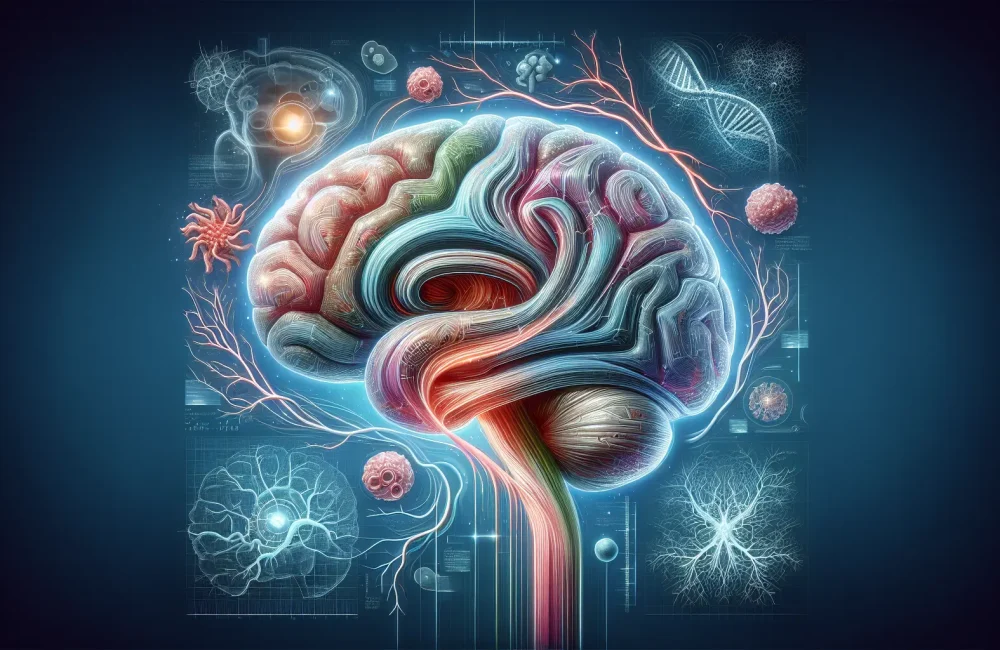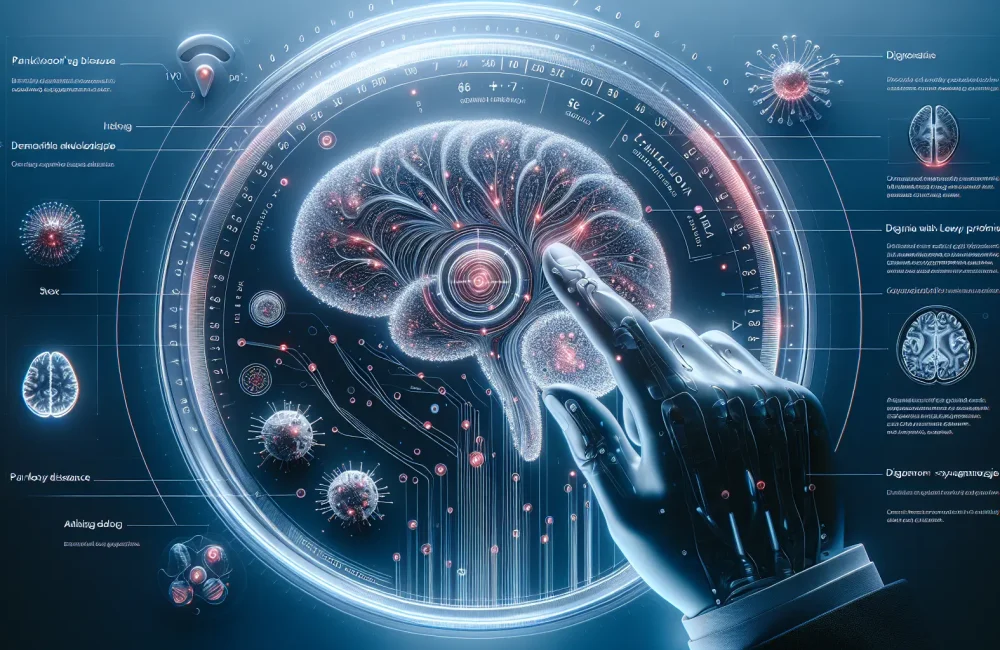By CAFMI AI From npj Parkinson’s Disease (Open Access)
Clinical Indicators Predicting Phenoconversion in iRBD
Idiopathic Rapid Eye Movement Sleep Behavior Disorder (iRBD) is increasingly recognized among clinicians as a prodromal marker for neurodegenerative synucleinopathies such as Parkinson’s disease and dementia with Lewy bodies. This prospective longitudinal study specifically examined which clinical indicators best predict the transition, or phenoconversion, of iRBD patients to these neurodegenerative diseases. The study cohort included patients initially diagnosed with idiopathic RBD who underwent ongoing clinical evaluations complemented by neuroimaging and biomarker analysis. Notably, it identified several factors that increase risk for phenoconversion: older age at iRBD diagnosis, subtle motor abnormalities detected before overt disease, olfactory dysfunction, and constipation. These signs are frequently encountered in primary care and neurology practices during routine evaluations but might previously have been underappreciated as harbingers of neurodegeneration. Importantly, reduced dopamine transporter binding in the putamen—a key brain region involved in motor control—measured by imaging modalities, emerged as a significant predictive biomarker. Clinicians should consider these clinical and neuroimaging signs collectively as part of a risk-stratification framework, enabling earlier identification of patients at higher risk for disease progression beyond isolated RBD symptoms.
The Role of Biomarkers and Genetics in Early Diagnosis
Beyond traditional clinical findings, the study advanced understanding of the predictive role of biomarkers and genetic factors in iRBD phenoconversion to synucleinopathies. Dopamine transporter imaging, which revealed diminished binding in affected brain regions, stands out as a robust marker for impending neurodegeneration. This imaging can be integrated into specialized sleep and movement disorder clinics to fine-tune risk assessments. Additionally, the study explored the influence of genetic predisposition and autonomic nervous system symptoms—such as changes in cardiovascular and gastrointestinal function—that may further delineate high-risk phenotypes. Autonomic symptoms like constipation, already noted as a clinical sign, also relate mechanistically to neurodegenerative processes impacting brainstem function. Genetic factors, while not exhaustively characterized in this research, suggest emerging avenues for personalized risk profiling through genotyping and family history analysis. This comprehensive approach combining clinical, imaging, autonomic, and genetic data offers clinicians a multidimensional tool for identifying individuals who might benefit from closer surveillance and early intervention trials.
Clinical Implications for Management and Future Directions
Understanding the factors driving phenoconversion in iRBD carries critical implications for clinical care pathways and research. Early detection of patients likely to develop Parkinson’s disease or dementia with Lewy bodies allows for timely counseling regarding prognosis and potential symptom monitoring strategies. From a primary care perspective, recognizing prodromal symptoms such as olfactory loss or constipation in patients with RBD may prompt referrals for neurologic consultation and advanced imaging modalities. Neuroimaging and biomarker data can guide enrollment into clinical trials investigating disease-modifying therapies aimed at halting or slowing synucleinopathy progression during the prodromal phase. Additionally, a multimodal risk assessment framework improves personalized care, facilitating tailored follow-up strategies based on individual risk profiles. However, it is important to be mindful of study limitations, such as variability in follow-up duration and the influence of unmeasured confounders like environmental factors. Future research should focus on refining biomarkers, validating genetic markers, and evaluating the impact of early interventions on clinical outcomes. For clinicians, integration of these research findings into practice represents a pivotal step toward improved outcomes for patients with iRBD and related neurodegenerative disorders.
Read The Original Publication Here

